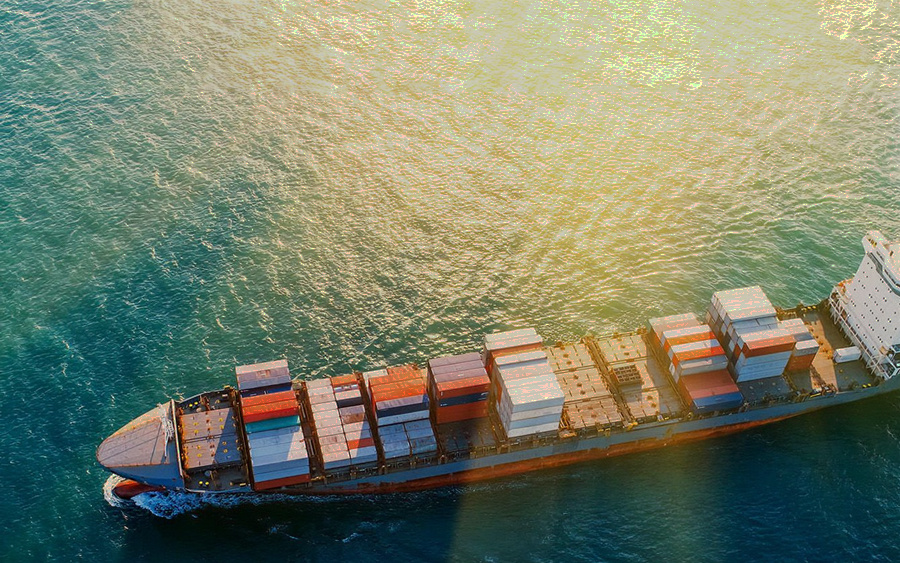What types of goods are suitable for loading on container bottom plates made of different materials?
Apr 27,2025
Due to their different performance characteristics, container bottom plates made of different materials are suitable for loading different types of goods.
Due to their different performance characteristics, container bottom plates made of different materials are suitable for loading different types of goods. The following is a specific introduction:
Wooden base plate
Features: It has a certain degree of elasticity and cushioning performance, a relatively soft texture, good friction, can prevent goods from sliding, and the price is relatively low, making installation and maintenance more convenient.
Applicable goods
Agricultural products: such as grains, fruits, vegetables, etc. The elasticity of the wooden bottom plate can prevent damage to goods during transportation due to collisions, and its natural material will not pollute agricultural products.
Textiles and clothing: The soft texture will not scratch the textiles and can provide a certain moisture-proof effect, protecting the goods from moisture and deterioration.
Light mechanical equipment: Some small mechanical equipment that is lightweight and requires high seismic resistance. The cushioning performance of the wooden bottom plate can reduce the impact of vibration on the equipment during transportation.
Crafts and furniture: Wooden floorboards have similar material properties to these goods, which can better protect the surface of the goods and prevent scratches and wear.
Steel base plate
Features: High strength, high hardness, strong load-bearing capacity, good wear resistance and corrosion resistance, able to adapt to harsh transportation environments, but with a relatively high weight and cost.
Applicable goods
Metal products: heavy objects such as steel, aluminum, metal components, etc. The steel base plate can withstand their enormous weight and will not deform due to the heavy pressure of the goods.
Building materials: Heavy and bulky building materials such as cement, bricks, stone, etc. The high strength and wear resistance of steel baseplates make them capable of handling transportation tasks.
Chemical raw materials: Some corrosive chemical raw materials, after special anti-corrosion treatment, can resist the erosion of chemical substances on the steel bottom plate, ensuring transportation safety.
Large mechanical equipment: such as construction machinery, agricultural machinery and other large and heavy equipment, the high load-bearing capacity of steel bottom plates can ensure that the bottom plates will not be damaged during transportation.
Composite material bottom plate
Features: It combines the advantages of multiple materials and has the characteristics of light weight, high strength, good corrosion resistance, and excellent insulation performance. However, the price is relatively high and the production process is relatively complex.
Applicable goods
Electronic products: The insulation performance of composite material substrates can effectively prevent static electricity from damaging electronic products, and their lightweight characteristics also help reduce transportation costs.
Precision instruments: Good strength and stability can provide reliable support for precision instruments, reduce the impact of vibration and shock during transportation, and ensure the accuracy and performance of the instruments.
Flammable and explosive materials: Some composite material substrates with special properties, such as those with flame retardant and anti-static functions, are suitable for transporting flammable and explosive materials and can improve transportation safety.
Medical equipment: The cleanliness and stability of composite materials make them suitable for transporting medical equipment that requires high hygiene conditions and transportation environment, without causing pollution and damage to the equipment.
Previous
Previous
Latest News





